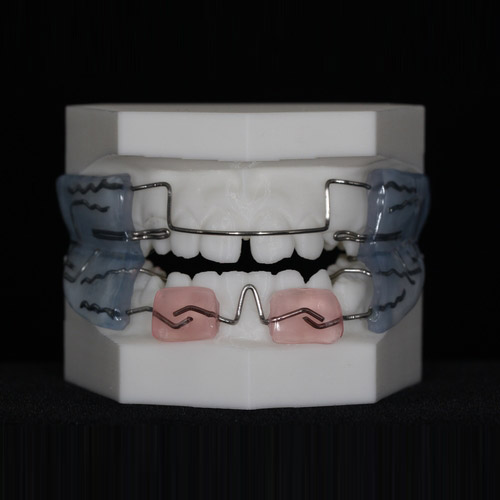
In recent years, the field of orthodontics has witnessed remarkable advancements in both appliances and techniques. These breakthroughs have revolutionized the way orthodontic treatments are approached, leading to improved patient outcomes and greater convenience. This article explores the future of orthodontics, highlighting innovative appliances and techniques that are set to shape the industry in the coming years.
The Power of Digital Orthodontics
Digital orthodontics is emerging as a game-changer in the field. With the use of advanced imaging technologies such as 3D scanners and cone beam computed tomography (CBCT), orthodontists can now create highly accurate digital models of a patient's teeth and jaw. This eliminates the need for traditional dental impressions, making the process more comfortable and convenient for patients. Additionally, digital models enable orthodontists to simulate treatment outcomes and plan customized treatment strategies, resulting in more efficient and precise orthodontic care.
Smart Appliances for Enhanced Treatment
The development of smart appliances has significantly enhanced orthodontic treatment options. One such example is the introduction of self-ligating braces. Unlike traditional braces that utilize elastic ligatures, self-ligating braces employ a sliding mechanism to hold the archwire in place. This not only reduces friction and discomfort but also shortens treatment duration. Furthermore, smart appliances equipped with sensors and microchips can monitor treatment progress and provide valuable data to orthodontists, allowing for real-time adjustments and personalized care.
Invisible Aligners: Aesthetic and Convenient
Invisible aligners, such as those offered by Invisalign, have gained tremendous popularity amongst orthodontic patients due to their aesthetic appeal and convenience. These aligners are removable, allowing for easy maintenance of oral hygiene and the ability to enjoy unrestricted diet choices. The use of advanced computer-aided design and manufacturing (CAD/CAM) technology ensures a precise and comfortable fit. With continued advancements in material science and fabrication techniques, invisible aligners are projected to become even more efficient and effective in correcting various orthodontic issues.
Accelerated Orthodontics for Faster Results
Traditional orthodontic treatment can often take several years to achieve the desired results. However, accelerated orthodontic techniques have emerged to address this concern. One such technique is the use of high-frequency vibration devices, which stimulate bone remodeling, thus expediting tooth movement. Additionally, the application of low-level laser therapy has shown promising results in reducing treatment time and enhancing bone regeneration. These accelerated orthodontic techniques offer a viable alternative for individuals seeking faster and more efficient treatment outcomes.
The Integration of Artificial Intelligence (AI)
The integration of artificial intelligence (AI) is poised to revolutionize the field of orthodontics. AI algorithms can analyze vast amounts of patient data, including images, treatment records, and genetic information, to develop predictive models and personalized treatment plans. AI-powered software can assist orthodontists in diagnosing complex cases, predicting treatment outcomes, and optimizing treatment protocols. By leveraging the power of AI, orthodontic practitioners can enhance treatment efficiency, accuracy, and patient satisfaction.
Conclusion
The future of orthodontics is filled with exciting possibilities. Innovative appliances such as self-ligating braces and invisible aligners, coupled with advancements in digital technology and artificial intelligence, are set to transform the landscape of orthodontic treatment. Patients can look forward to faster, more comfortable, and highly personalized orthodontic care, ensuring a brighter and healthier smile for years to come.




